In 1894, gold prospectors excavating a peat bog near the Russian city of Yekaterinburg discovered an unusual find: a 5-meter-long carved wooden idol. The piece, which had been carefully smoothed into a plank, was covered front and back with recognisable human faces and hands, as well as zigzag lines and other mysterious details. It also had a human-like head, with its mouth open in the shape of an “o.” For more than a century, the statue was kept as a curiosity in a Yekaterinburg museum, assuming it was only a few thousand years old.
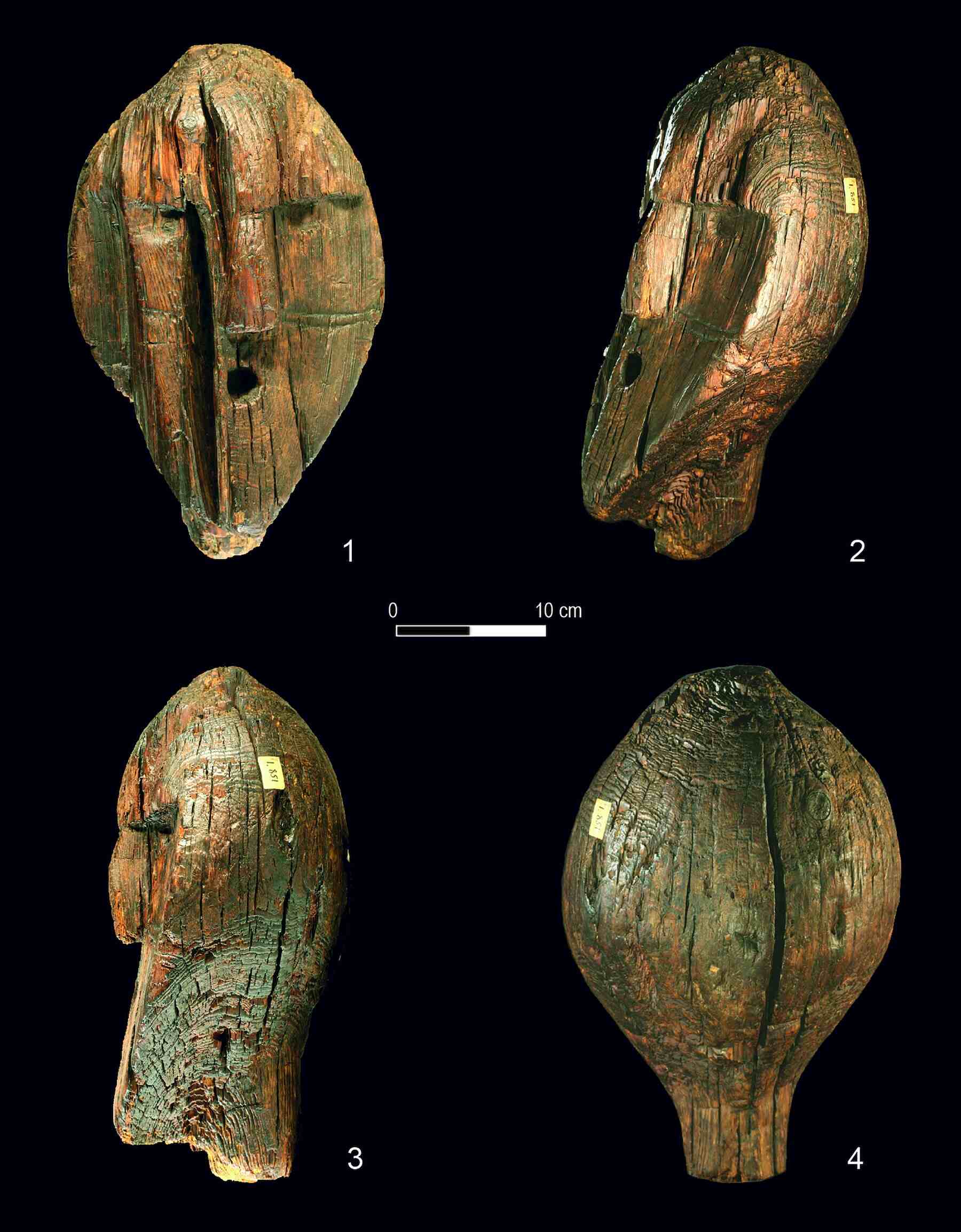
According to a paper published in The Journal Antiquity on April 24, 2018, the statue was crafted 11,600 years ago from a single Larchwood log, making it one of the world’s oldest examples of monumental art. According to the authors, the Shigir Idol is similar in age and appearance, but not in material, to the stone sculptures of Göbekli Tepe in Turkey, which are often cited as the first monumental ritual structures. Both monuments represent a departure from the naturalistic depictions of the ice age.
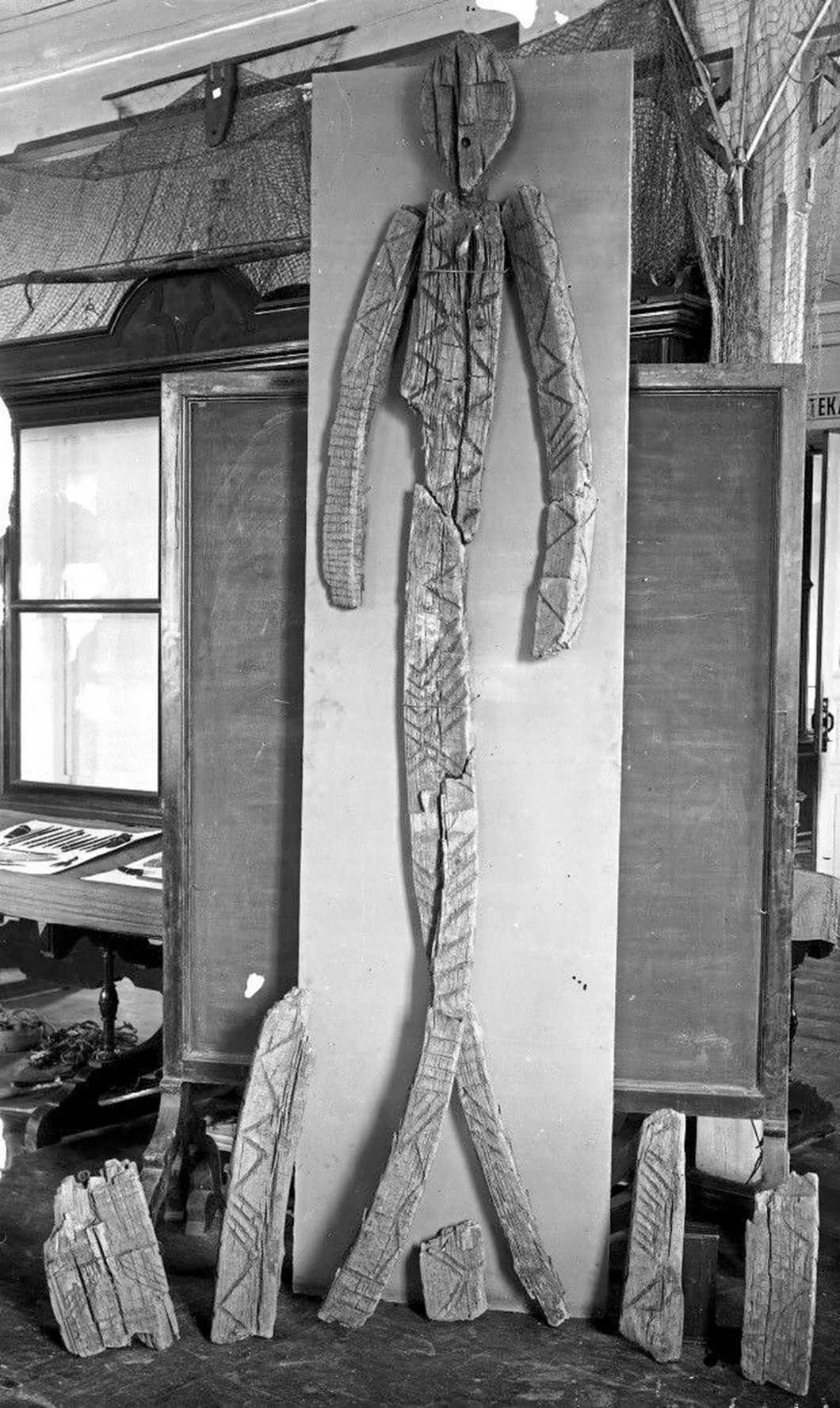
The idol also demonstrates that large-scale, complex art developed in more than one spot—and that it was created by hunter-gatherers rather than later farming societies, as previously assumed. “We have to conclude hunter-gatherers had complex rituals and expression of ideas. Ritual doesn’t start with farming, but with hunter-gatherers,” says Thomas Terberger, a co-author of the paper and an archaeologist at the University of Göttingen in Germany.
In the 1990s, the idol was radiocarbon dated for the first time, yielding a startlingly early age of 9800 years. Many scholars, however, rejected the result as implausibly old. They argued that hunter-gatherers could not have created such a large sculpture, nor could they have had the complex symbolic imagination to decorate it. In 2014, new samples were collected. At a press conference in Yekaterinburg in 2015, team members announced (before the results were peer-reviewed) that these samples revealed even older dates, pushing the sculpture’s age back 1500 years to a time when the world was still emerging from the last ice age.
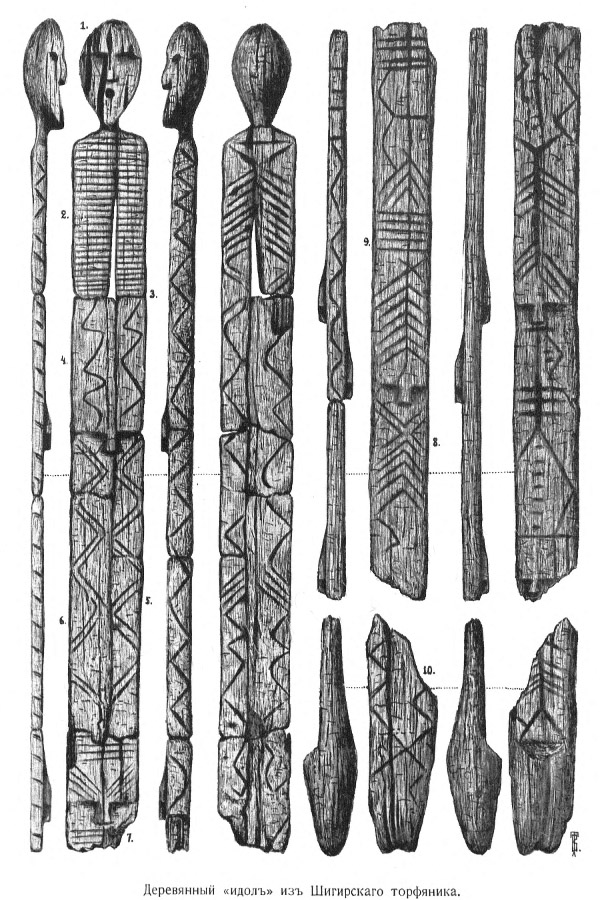
The new dates are based on samples taken from the core of the log, which were uncontaminated by previous efforts to preserve the wood. According to Olaf Jöris, an archaeologist at the Monrepos Archaeological Research Centre and Museum for Human Behavioural Evolution in Neuwied, Germany, who was not involved with the study, “the further you go inside, the older [the date] becomes—it’s very indicative some sort of preservative or glue was used” after discovery. An antler carving discovered near the original find site in the nineteenth century yielded similar dates, lending credence to the findings.
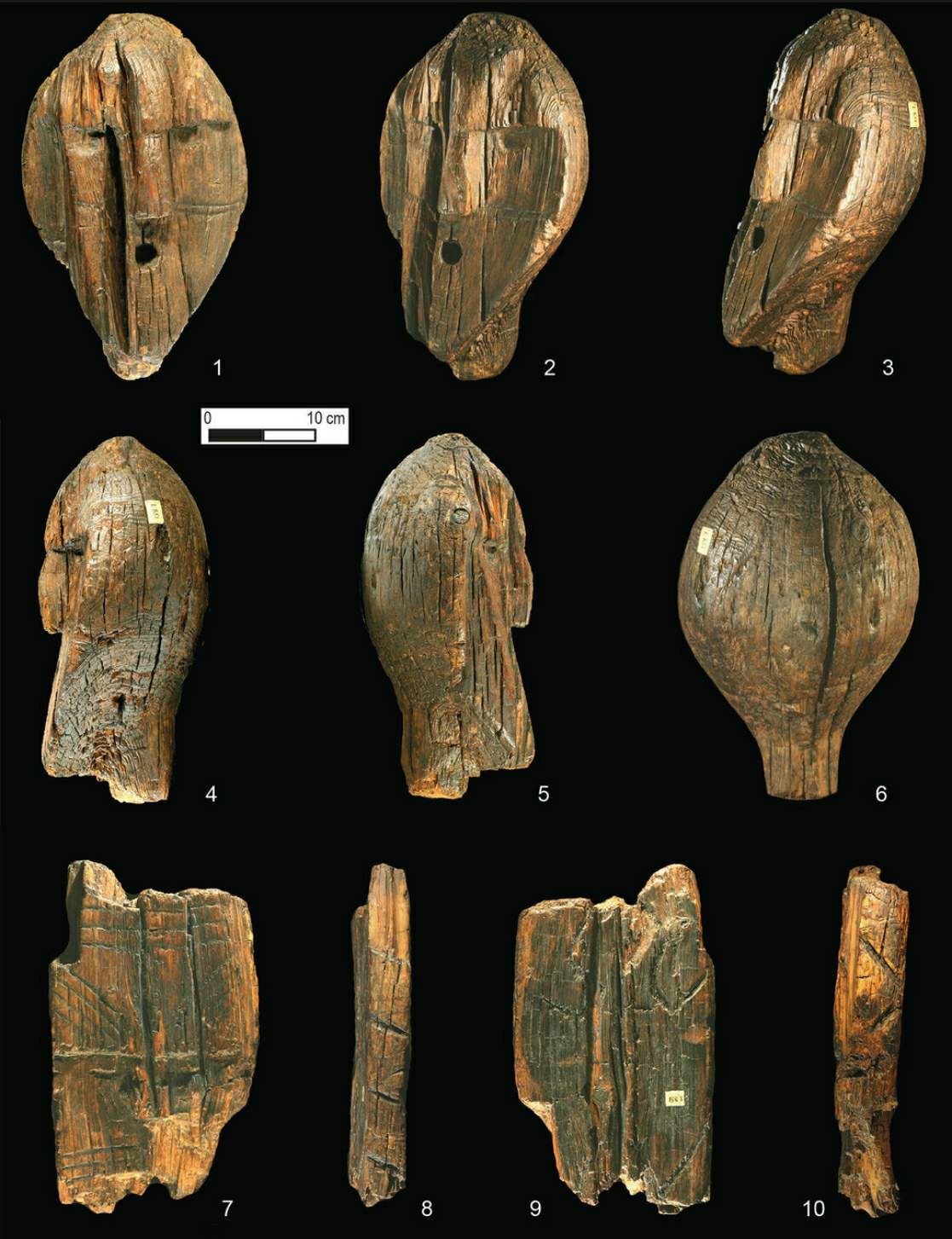
The date places the statue during a period when forests were spreading across a warmer, postglacial Eurasia. According to Peter Vang Petersen, an archaeologist at The National Museum of Denmark in Copenhagen who was not involved with the study, as the landscape changed, so did art, possibly as a way to help people cope with the unfamiliar forest environments they were navigating. “Figurative art in the Paleolithic and naturalistic animals painted in caves and carved in rock all stop at the end of the ice age. From then on, you have very stylized patterns that are hard to interpret,” Petersen says. “They’re still hunters, but they had another view of the world.”
Experts debated the meaning of the Shigir symbols at a conference in Yekaterinburg in 2017, comparing them to other art from the time and more recent ethnographic examples. The most similar finds from that time period are those from Göbekli, more than 2500 kilometres away, where hunter-gatherers gathered for rituals and carved similar stylized animals on stone pillars over 5 metres high.
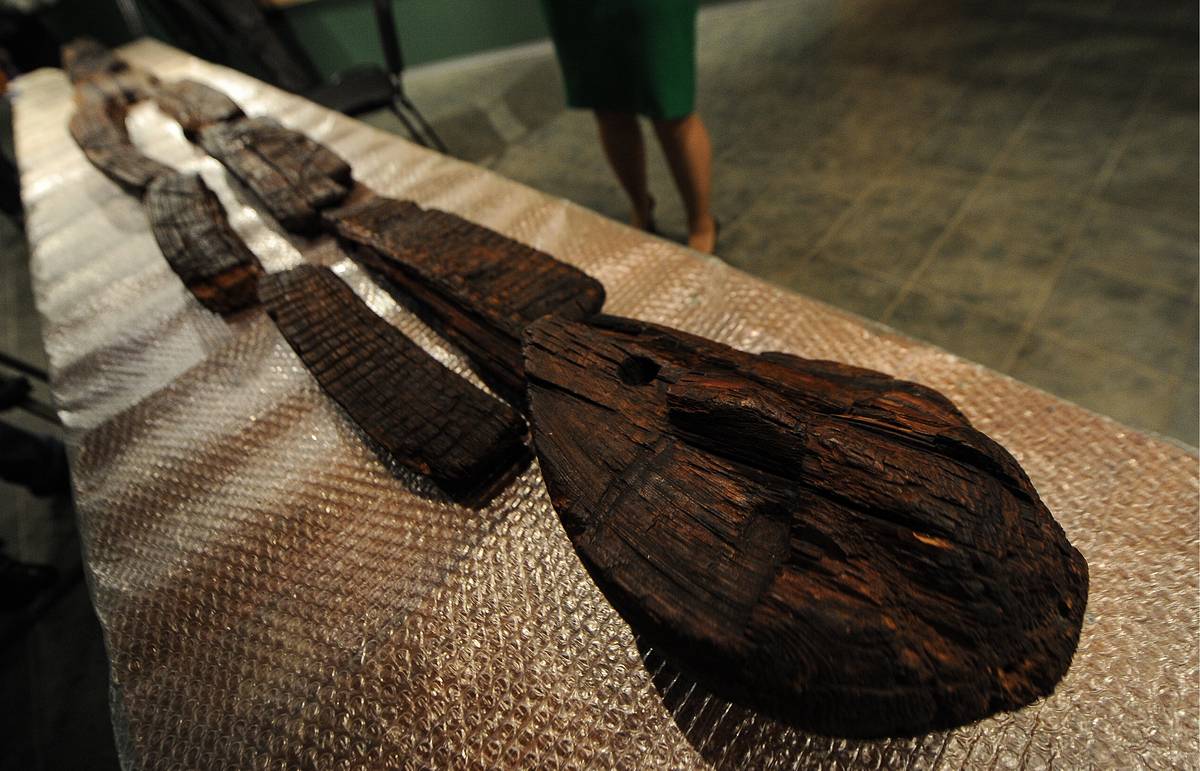
Terberger sees a more recent parallel: the totem poles of the Pacific Northwest, which are used to honour gods or venerate ancestors. According to co-author and archaeologist Mikhail Zhilin of the Russian Academy of Sciences in Moscow, the idol could depict local forest spirits or demons. As per Petersen, the zigzag carvings could be a kind of “Keep out!” sign meant to denote a dangerous or taboo area.
The society that carved the idol is beginning to emerge from the shadows. Zhilin has returned to Shigir and another bog site about 50 kilometres away with pumps and special equipment to excavate finds buried several metres deep in the waterlogged soil. Hundreds of small bone points and daggers from the same time period, as well as elk antlers carved with animal faces, have been discovered by him and his team.
They’ve also discovered a plenty evidence of prehistoric carpentry, including stone adzes, other woodworking tools, and even a section of a pine log smoothed with an adze. “They knew how to work wood,” Zhilin says. The idol serves as a reminder that stone was not the only material used to create art and monuments in the past—it was simply the most likely to survive, which may have skewed our understanding of prehistory. “Wood normally doesn’t last,” Terberger says. “I expect there were many more of these and they’re not preserved.”




